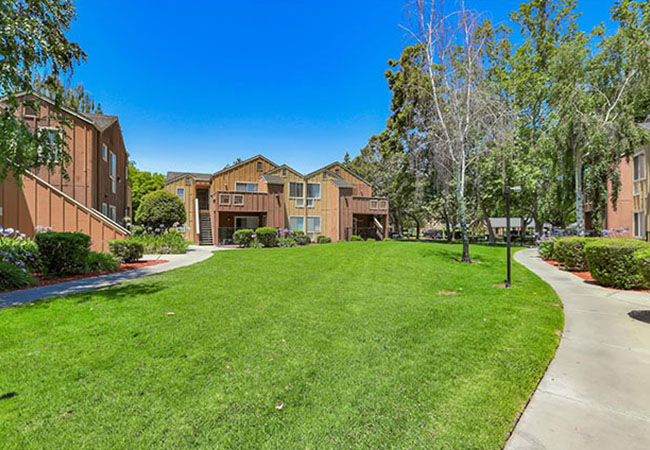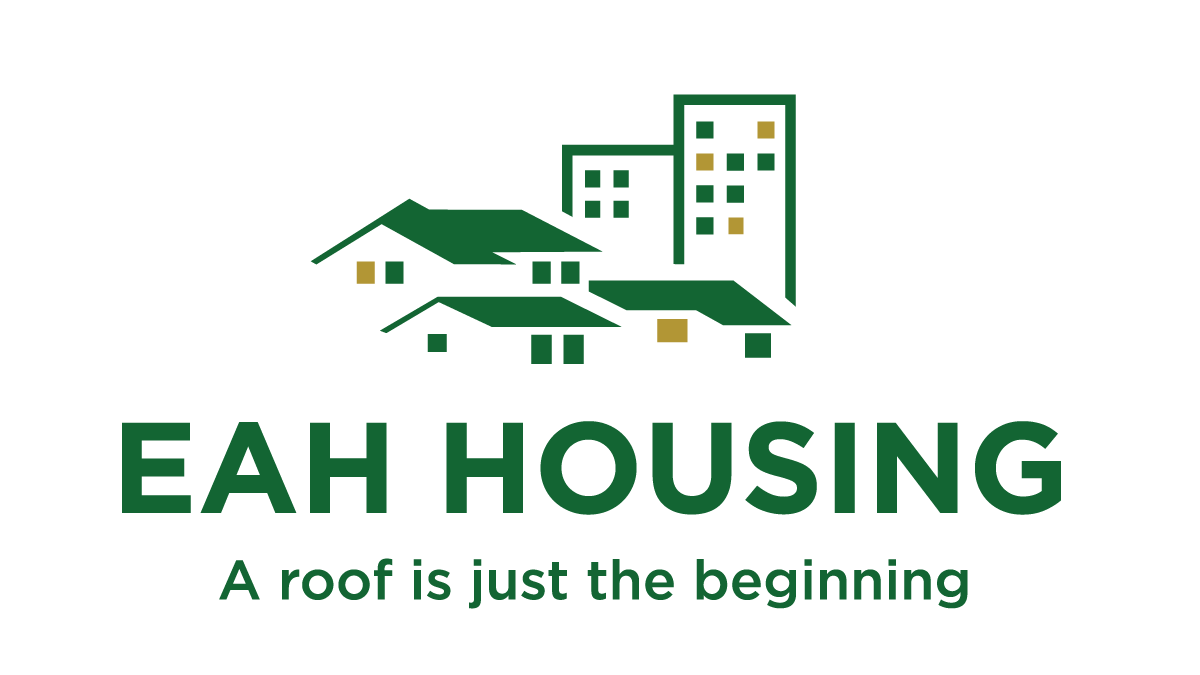
Dwell San Jose, EAH Housing Team Up to Maintain Affordable Housing Stock in the Bay Area
The Registry
By Meghan Hall | May 13, 2021
As one of the most competitive–and expensive–housing markets in the country, maintaining affordable housing stock within the San Francisco Bay Area does not come without challenges. For those within the affordable housing game, partnerships are key to maintaining such housing stock for the long-term. Recently, Dwell San Jose, a real estate investment company, teamed up with EAH Housing, a nonprofit affordable housing organization, to maintain its assets. The pair of companies hope that together, providing and improving upon the region’s affordable housing stock will be more viable.
“EAH Housing was the clear choice to manage our portfolio,” said Dwell San Jose’s Managing Partner Michelle Morgan in a statement. “It was very important for us to work with a local organization. EAH understands the needs of affordable housing residents in the Bay Area and has the experience and expertise to help us oversee the improvements we have planned for the next five years.”
For EAH Housing and Dwell San Jose, a similar mission to operate almost exclusively within the affordable housing sector, as well as a commitment to the product type’s longevity, were key in bringing the two organizations together. According to Josh Romoff, director of new business for real estate management at EAH Housing, EAH Housing’s 53 years of consistent focus on the affordable housing sector have remained pivotal to success.
“EAH is a nonprofit company, so we do not have an exit strategy,” Romoff emphasized. “We are not for sale; we are not passed around to the next of kin; we are not going public. We want to be around in perpetuity to provide quality affordable housing. And that’s what we do.”
Dwell San Jose currently has three properties in Silicon Valley. The first is Casa Real, a multifamily community with 180 units, ranging in size from one to three bedrooms. Second is Charter Court, a 94-unit apartment complex with one and two bedroom residences, and third is Villa Monterey, which has 120 apartments that are also a mix of one, two and three bedrooms. Together, they house about 1,200 residents.
EAH will be in charge of property management services, as well as resident services. In addition to one staff member dedicated entirely to facilitating healthy living activities, food access and wellness workshops, EAH is working to provide a whole host of additional services as well. EAH Housing’s other programmatic offerings also span mental health services, education and civic engagement, in an effort to build community.
“[We want] to really make renters feel like they are a part of a neighborhood,” said Romoff. “It’s the biggest challenge to bridge the gap between a homeowner and someone who invests long term in where they live, and a person who lives in an apartment, the person who may need to leave if it gets too expensive or the neighborhood changes…How do we get [renters] to think like long term neighbors?”
Over the past 20 years, the housing market in the Bay Area has grown exponentially, and demand has consistently outpaced supply. As big tech continues to catalyze job growth, landlords, developers and housing experts continue to chase demand, which is placing upward pressure on rental rates. Such trends have held particularly true in San Jose. While the coronavirus pandemic has impacted rents, causing a 14.2 percent decrease in the average effective rent in San Jose, the price per unit still came to $2,480 per month, according to data from brokerage firm Marcus & Millichap.
“The Dot Com boom really compounded [the affordable housing crisis], really, like no other place in the country,” said Romoff. “So affordable housing is tough, but no more so than in the Bay Area. We really live it.”
Typically, Dwell San Jose’s communities cater to those between 50 to 60 percent of Area Median Income (AMI). In San Jose, a single-person between 50 to 60 percent AMI would earn anywhere from $55,300 per year to $66,360 per year, according to 2020 data from the City of San Jose. A two person household within the same range would earn between $63,200 and $75,840 annually, while a three-person household would earn between $71,100 and $85,320 per year.
Across Santa Clara County, where San Jose is located, the Area Median Income as of April 30, 2020, sat at $141,600 per year.
For those living at Dwell San Jose’s Casa Real, rents can range from $1,439 up to $2,391 per month. At Charter Court and Villa Monterey, rents range from $1,439 to $2,076 per month and $1,439 to $2,391 per month, respectively.
As EAH Housing and Dwell San Jose, as well as others, continue to navigate the affordable housing sector, a number of strategies are employed to ensure that affordable units stay affordable. Because constructing new units in the Bay Area is so expensive–with estimates around the $700,000 dollar mark in Santa Clara County–it is often easier for operators to acquire existing assets and maintain affordability rather than build new. Romoff noted EAH Housing has in-house counsel, as well as other services, to make this process smoother, and that existing assets can be transformed almost immediately.
However, most importantly, Romoff explained, is the presence of strong partnerships. When multiple parties pool resources, tackling the affordability crisis becomes more feasible.
“It’s really about finding those partnerships,” said Romoff. “…The general concept of affordable housing and how you grow affordable housing seems a little counterintuitive when you have to incentivize people to invest…What we want to do is make it a win-win, so owners can maintain their asset and be very proud of their asset and still get fair and equitable rents.”
Image courtesy of Dwell San Jose

